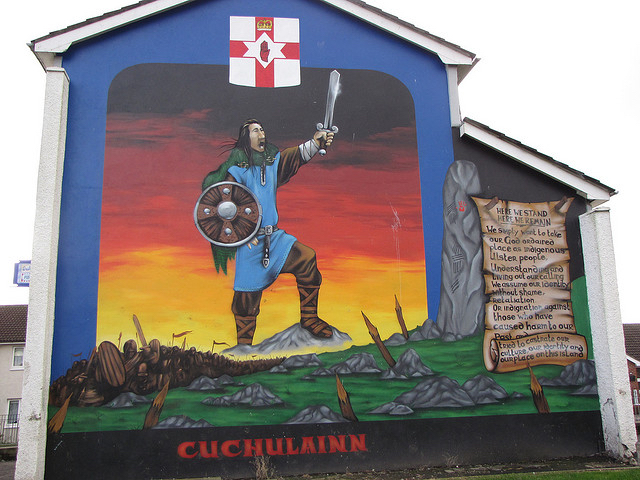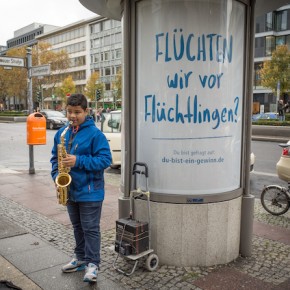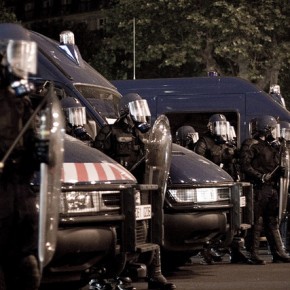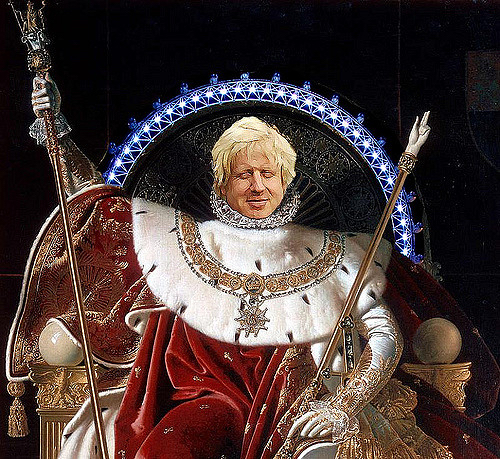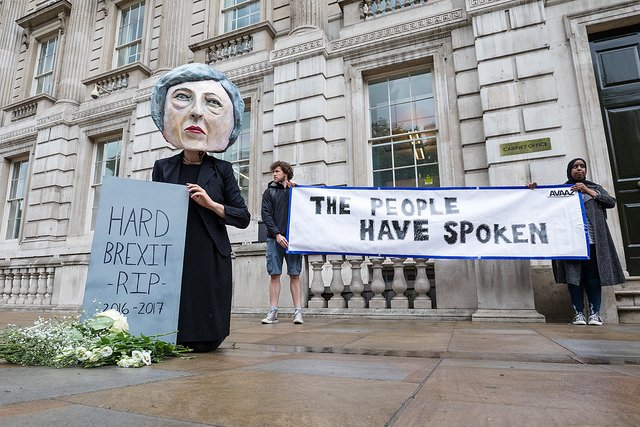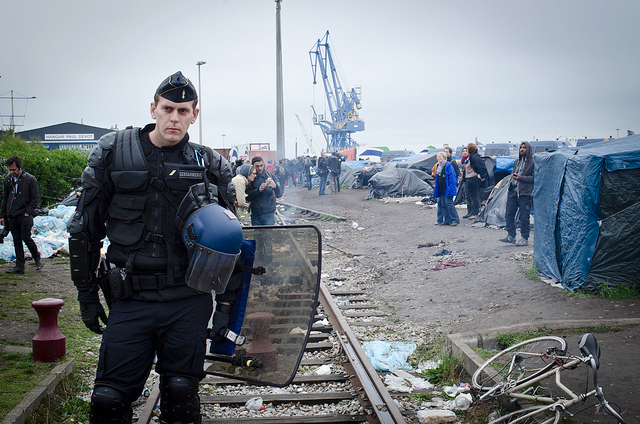It’s quite right for Britons to be shocked by the atrocities in France. Parisians have now felt, for a brief moment, the kind of violence deployed in Syria. Yet, in our rush to blame the attacks on refugees, we find ourselves turning on the very people fleeing such terror in Syria. As if this were not bad enough, we have lost sight of our own violent history.
In 1979, the Irish National Liberation Army assassinated Airey Neave, who was set to take a seat in Thatcher’s cabinet, fearing he would not turn back from internment and capital punishment in Northern Ireland. In a symbolic choice, one of Thatcher’s key allies was blown up as he drove out of the Palace of Westminster.
The Irish nationalists claimed Neave had “got a taste of his own medicine”.
Months later Lord Louis Mountbatten, formerly the last viceroy of India, was blown up aboard his fishing boat by the Provisional IRA. He was an obviously valuable target due to his role in the colonial enterprise, as well as his proximity to the House of Windsor. The IRA hoped to bring its cause to the attention of the English people. Not long after, Sinn Fein’s Gerry Adams remarked “In my opinion, the IRA achieved its objective: people started paying attention to what was happening in Ireland.”
By this time, the Provisional IRA was in the middle of an armed campaign against the British government and its troop presence in the Six Counties. The first operation conducted on English soil was in 1973. Two car bombs were defused, but two others exploded outside the Old Bailey and the Ministry of Agriculture. The year before, British troops fired upon a civil rights march in Derry. In what is often described as ‘Bloody Sunday‘ and ‘the Bogside massacre’, 26 people were shot and 14 were killed.
Although, the shift in strategy towards the mainland was significant, the IRA was already fully committed to the armed campaign it launched at the end of the 1960s. At the time, Northern Ireland was a gerrymandered outpost of Britain. Literacy tests and property were used to constrain the Catholic vote, which was squeezed out of jobs and housing opportunities. The effect was to maintain Protestant dominance in public institutions.

The emergence of the civil rights movement was almost inevitable, but it was preempted by the formation of loyalist groups. The Royal Ulster Constabulary, which drew its officers from the Protestant community, sided with the loyalists over the republican and nationalist voices. The attempts to repress the calls for civil rights eventuated in full-blown riots in August 1969. It began to look like non-violence was a dead-end strategy.
The Official IRA began to look ineffectual, so the Provisional IRA broke away to pursue armed struggle. The new IRA began to usurp the energy of the civil rights campaign. To defend the settlement, the Labour government deployed British troops to man barricades of barbed wire and fire rubber bullets at the unruly masses. Soon the withdrawal of the troops would become a major demand for the republican and nationalist movement.
The British state would soon impose internment to arrest hundreds of people without trial. Stormont would be dissolved amidst the growing chaos of the body national. The vestiges of parliamentary procedure were abandoned. We now know that the para-state began to collaborate with loyalist paramilitary groups to terrorise the Catholic community. These efforts served to prolong the conflict.
It shouldn’t be forgotten that the unionist settlement in Northern Ireland emerged out of a cycle of settler-colonialism. For the British empire, Ireland was important, but not because of resources or human capital, as much as it sent a message to rivals. Much like the United States in its attitude to Central and South America, the British ruling class saw Ireland as “its backyard”. So the battle to keep hold of the first colony produced a terrible legacy.
As long as the cycle of mayhem continued, the British government could offset any compromise and ignore the grievances at stake. Faced with this obstinence, armed Irish nationalist groups began to plant bombs in train stations, shopping centres and pubs. The political aims were dismissed as the media focused on the attacks and the government condemned them as ‘criminality’. It would be years before the Troubles would be brought to a close by negotiation.
Photographs courtesy of Ben and Jimmy Harris. Published under a Creative Commons license.
